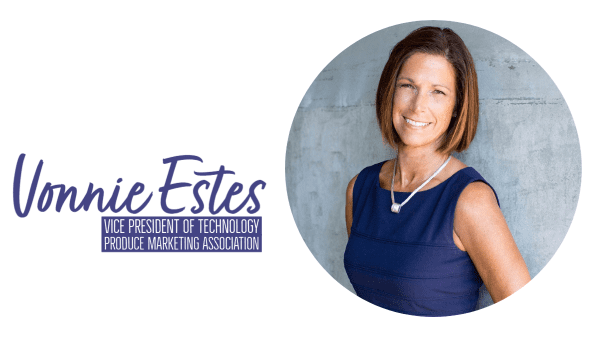You’ve got a Great Idea and you’ve described it – to yourself, coworkers, friends, family.
And they (or you) say: Sounds good, but if it could work, someone, especially the big companies, would have done it already. Right?
But the Great Idea makes sense in your head, and you’re pretty sure it can work. You just need to test it. That takes money, money you either don’t have or can’t justify pulling from other endeavors or borrowing (again) from friends and family.
You don’t want to go to a venture capitalist because you want non-dilutive funds – where you get money without giving up any equity. The most common source of non-dilutive funding is grants.
SBIR grants
Let’s look at the Small Business Innovation Research (SBIR) grants program from the U.S. Department of Agriculture (www.sbir.gov). Its mission is “to support scientific excellence and technological innovation through the investment of federal research funds in critical American priorities to build a strong national economy.”
That sounds lofty, and you may think your Great Idea isn’t worthy because it is small or incremental. Your small or incremental solution could be the next big thing.
Through a competitive awards-based program, SBIR can help you explore your technological potential and provide the incentive to profit from its commercialization.
Annually nearly 5,000 small businesses receive more than $2.5 billion in U.S. government grants and contracts for R&D to develop and bring products to market through SBIR. According to USDA, SBIR is the largest source of non-dilutive early-stage seed capital in the world.
Phase one SBIR grants offer up to $100,000 in initial funding to prove your concept. If it doesn’t work, no problem. You still don’t have to pay back the money.
But if it is successful, you can apply for phase two grants in the $500,000 range for development. These are open to for-profit U.S. businesses that meet the small business definition. Get more information at the SBIR website on eligibility requirements.
An SBIR official and two business entrepreneurs who benefited from SBIR recently joined me in an edition of PMA Takes on Tech. Get the full podcast, where our speakers offer more detail on this topic.
Simply scroll to the March 9, 2021 edition of BB #:153708 PMA Takes on Tech: “SBIR grants: A Way To Grow Early-stage Innovation Without Dilution.”
Speaker Tim Conner of SBIR said this: “(SBIR is) a competitive peer-reviewed grants program for small businesses. I would describe it as an incubator program, where you throw in business ideas that may be a little short on validation along with small business ability…. (I)t’s an opportunity to move ideas and innovations from small companies to products and commercialization.
“It’s about providing new opportunities for solutions for agricultural issues…. And it’s a way to identify disruptive technologies, ideas and things that may not come from big companies or big organizations, but small grassroots. And sometimes the smaller companies have different brainstorming, thinking out-of-the-box ideas. And that’s really the value of the SBIR program and how USDA hopes to leverage it to solve some of those key problems in agriculture.”
SBIR in action
One solution that benefitted from SBIR funding was a small, southeastern Kansas greenhouse tomato (now diversified) operation. Speaker Diana Endicott of Rainbow Organic Farm & Good Natured Family Farm used SBIR grants to help gain market access in Kanas City.
“It was so difficult for me to understand, coming from a farming background and not a marketing background, why was it so difficult for us to be able to sell our product into the conventional markets.”
She used both phase one and phase two SBIR grants to understand market access and create a video called Farm to Supermarket Shelf.
“So how do you take your product from the farm, like for example, tomatoes. And how do you get that to the supermarket shelf, and it included everything of all the lessons learned from slotting fees to lead-off shelf space, to UPCs, PLUs, product liability insurance, and all the things that you have to do including packaging and promotion.”
That prompted interest from other growers near her.
“So, the result over the last decade or so has really been the organizing of local foods in and around the Kansas City metro area and accessing the supermarket. So now today, we have not only the supermarket chain that we (originally) worked with, but other supermarket chains participating in local food. And so, the supermarkets there have a very vibrant local food. And this is all started by an SBIR grant.”
Diana used more SBIR grants around market access to work on a St. Louis food hub, traceability, and HACCP (both essential for market access)
Speaker Martha Schlicher of BioGenerator and Plastomics, gave important details on how a company should prepare to apply, what the process is, and how it impacts what future investors think of your company and your ideas.
Need more information? Check out the podcast or contact me at vestes@pma.com.



